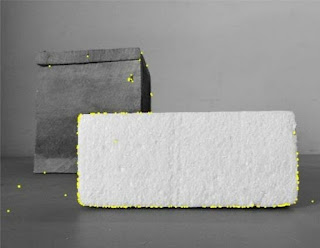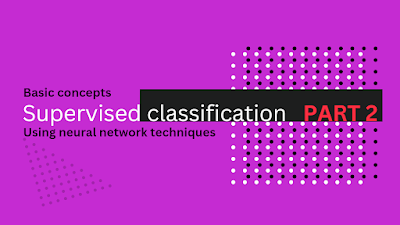Published Paper-2022: A Comparison of The Impact of Edge Detection Operators on The Extraction of Corner Points

Abstract: Edge detection is an essential pre-processing procedure involved in most digital photogrammetry applications. Edge detection captures the object's physical boundaries, a crucial property of objects in the image. The amount of information provided by the edge detection operator is a crucial factor for the extraction of Corner points. Each edge map has a unique amount of information that differs depending on the used edge detection operator. Edge detection operators get optimized to solve a tremendous number of issues such as noise, edge structure, edge orientation, and computation time. Because of these issues and others, there is no single operator that fits all kinds of applications and purposes. So, it is a critical task to measure the impact of each edge detection operator on the extraction of corner points and choose the operator that yields a precise localization of corner points. This study evaluates the impact of the edge detection operator and measures its eff...


